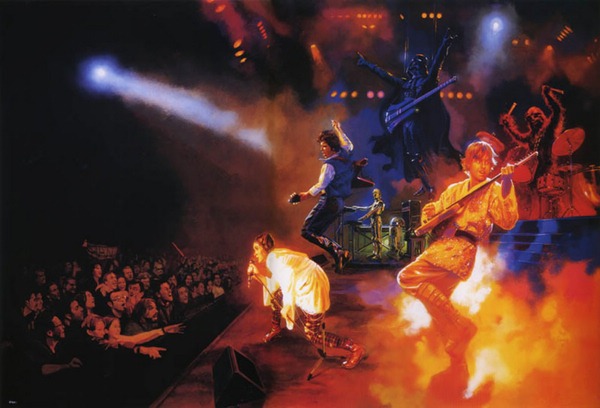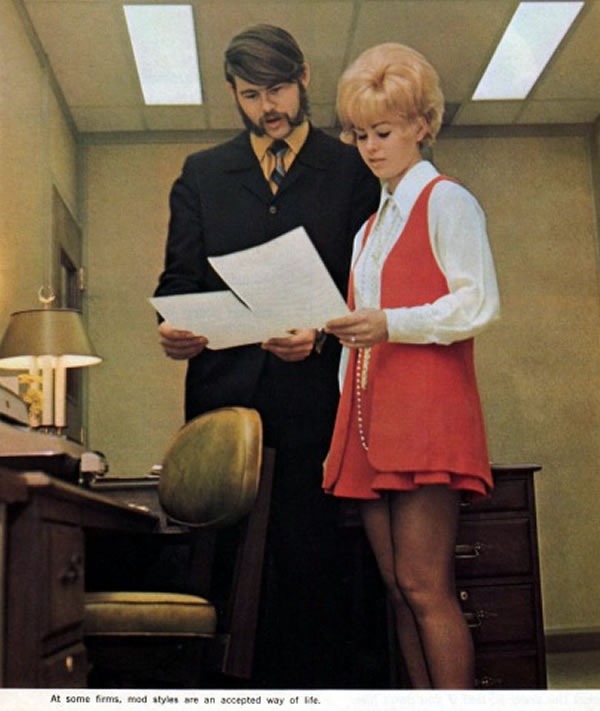If it weren’t for the fact that the 0 isn’t at the end of the sequence, this Sesame Street video with The Count and Patrick Stewart would be perfect for celebrating Unix time 1234567890, the number of seconds since January 1, 1970. This numerically perfect moment takes place tonight at 23:31:30 GMT (in my neck of the woods – Eastern Standard Time, that’s 18:31:30).
EnergizeIT: Coming Soon!
Before I begin, let me show you the official banner for EnergizeIT, the upcoming cross-Canada expo featuring Microsoft’s up-and-coming technologies:
It’s fine and dandy, but I thought that the image below might better illustrate EnergizeIT’s awesomeness:

The Force is strong in this band!
Click the image to see it at full size.
I tried running this suggestion by the legal department, and wouldn’t you know it, they put the kibosh on that idea in no time flat. Leave it to those buzzkills to harsh on my mellow.
But seriously – EnergizeIT is coming soon. It used to be a single-day conference, but we’ve decided, like that awesome band pictured above, to take our show on the road. We, the folks in Microsoft Canada’s Developer and Platform Evangelism group, will be going across Canada and showing off up-and-coming Microsoft tools and technologies including Windows 7, Windows Server 2008 R2, Azure and Visual Studio 2010. Yes, the current state of Windows Mobile has me less than pleased, but I’ve been enjoying these other parts of the Microsoft technology stack.

The O’Reilly TOC (Tools of Change for Publishing) Conference took place in New York earlier this week. The conference was aimed at publishers of both the dead-tree and electronic variety and its purpose was to examine how new technologies are changing publishing. You can find out more about TOC on their “About” page as well as by looking at the conference schedule.
The people at the Publishing Trends Blog attended TOC and blogged about a session they attended titled Youth and Creativity: Emerging Trends in Self-Expression and Publishing. The speakers, Evangeline Haughney of Adobe and Bill Westerman of Create with Context, spent time observing teenagers involved in “interesting self-expression activities” and who were creating digital media to be shared with people outside their immediate circles of friends.
The five big things that the people at the Publishing Trends Blog took from the session are summarized below:
- Teens grind through many different technologies quickly, not as a “life event”. They use tools and tech for a specific need and move on.
- Teens concentrate on the tool’s immediate outcome rather than the tool itself. The example used in the article is that they don’t ask “How do I use Photoshop’s masking tool?” Instead, they ask “How can I create a cool rain effect?”
- Teens learn by asking for help from their more skilled peers and observing and emulating them. They’re asking for help, but from their own community rather than from the adults.
- Any niche site can become a social hub. It’s not just Facebook – any sites whose topics are focused around a specific interest provides a place to craft an online persona and get a sense of belonging.
- They’re not using the newest, fanciest technology. Most of the teens surveyed were using older machines and software – probably “hand-me-downs” from their parents.
While the presentation was aimed at publishers looking to reach teenagers, I’m presenting this article to you because I think that the lessons from the presentation are equally useful for anyone who’s trying to design software for teens and young adults.
 Photo courtesy of Alex Brown Photography.
Photo courtesy of Alex Brown Photography.

From 1998 to 2000, I was self-employed. Lacking the funds to rent office space, I ended up working outside the boundaries of cubicle-land or even anything that looked like an office. I worked out of my kitchen, my business partner Adam’s living room and often by the bar at the old location of the Queen Street cafe known as Tequila Bookworm. Being a gregarious and social guy, I enjoyed working at “The ‘Worm”, mixing work with mingling with both the people who came to the cafe and the people who worked there (which led to a story I call Worst Date Ever, which was actually a lot of fun, even back then).
Today, I’m a Sith Lord – er, Developer Evangelist — at Microsoft. In addition to the cool red lightsaber and the ability to hurl lightning bolts, I also have the benefit of being a remote worker, which means I can choose where I work. I’ve got a nice home office setup and I can go hang out at the Evangelist Corner at the Mississauga office, but neither of these locations puts me anywhere where you can come up and talk to me.
That’s why I plan have a “Coffee and Code” day at least once a week. On these days, I plan to work from a wifi-equipped cafe, where you can walk right up to me and talk.
This brings me to my question: Where should I set up? A better way of putting this question might be “Where should I set up so that it’s convenient for you to drop by and have a word with me?” As long as it’s got wifi and it’s somewhere in Toronto, if it’s at a place that’s convenient for a lot of developers and techies, that’s where I want to be.
If you have any suggestions, please let me know in the comments!

The nice thing about working in high tech, as the caption for the photo above says, “mod styles are an accepted way of life”. I have got to grow me some serious muttonchops like the gentleman pictured above!
In Transit

Pictured above is an Embraer 190, the exact type of plane I’m flying today from Seattle back home to Accordion City this morning. Air Canada’s seat layout for their Embraer 190s is two on the left side of the aisle and two on the right, each seat has its own entertainment unit and each pair of seats has a power outlet. I expect to be far more comfortable than I was in United’s “Economy Minus” section, where I sat on the way here.
Regular posting should resume this evening.
